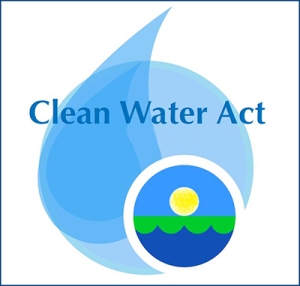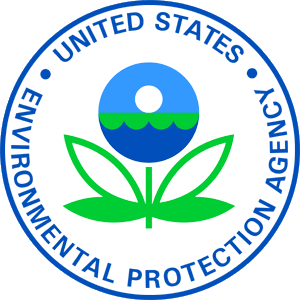
Shelby Bryan co-founded Millicom International, the first cellular company in the United States, with renowned Swedish entrepreneur Jan Stenbeck. Before launching Millicom, Shelby Bryan interned with Ralph Nader while Nader was working on the Clean Water Act.
An American author, attorney, and political activist, Ralph Nader was instrumental in developing the Clean Water Act of 1968. Established to restore and maintain the physical, biological, and chemical integrity of America’s waters, the act has greatly helped preserve the health of lakes, rivers, and coastal waters by keeping pollutants from entering them.
According to the National Wildlife Federation, it is beneficial to restore the Clean Water Act to protect the nation’s drinking waters because we drink it and play in it. Even beer is comprised of 90 percent water. America’s wildlife including migratory birds and fish also need clean water to survive. In a place like Minnesota where more than half of the region’s stream acreage are in headwaters, the trout fishing opportunities would be in jeopardy without protection.
